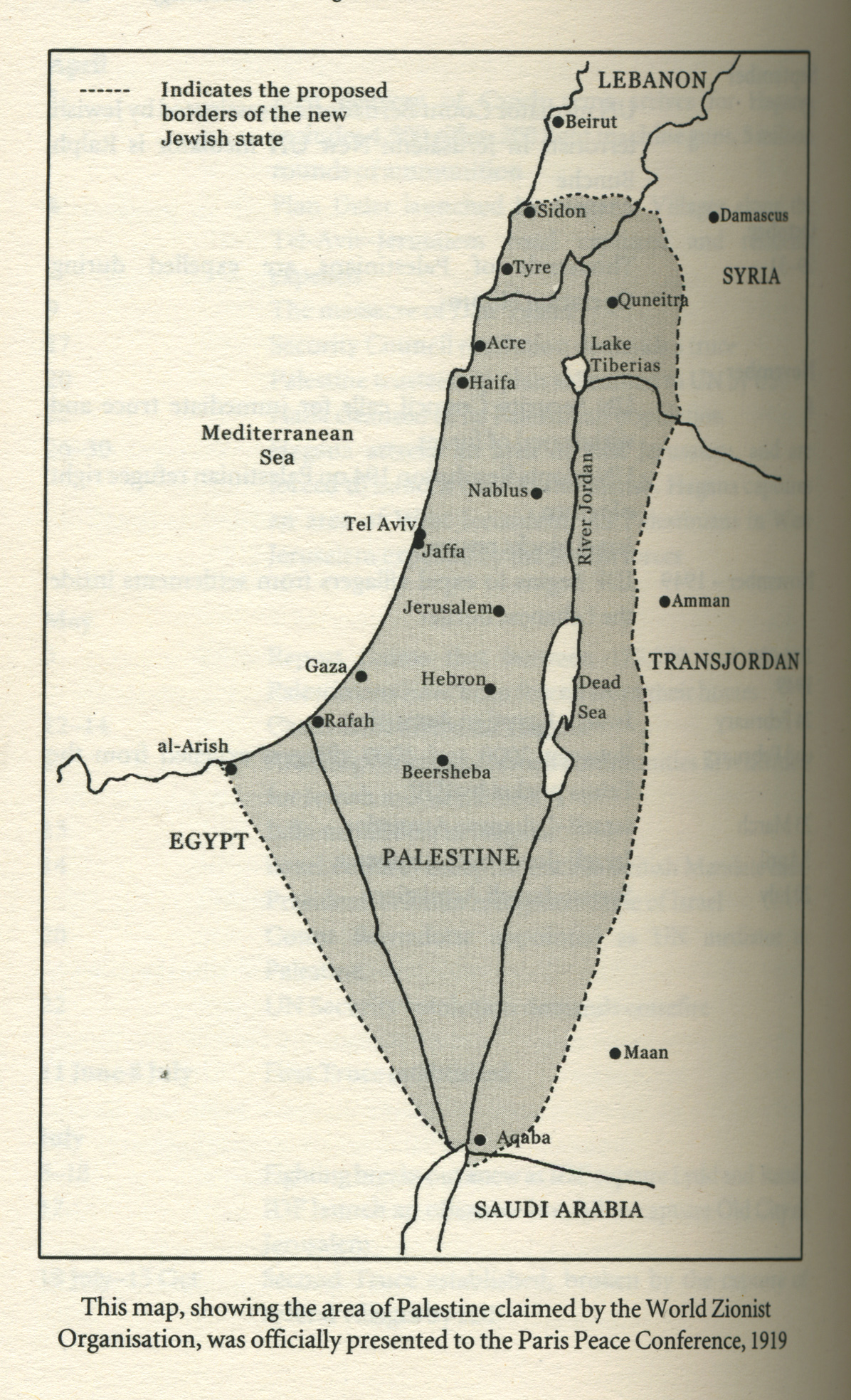Reviewed By KAY MATTHEWS
The Ethnic Cleansing of Palestine by Israeli historian Ilan Pappe was first published in 2006 and released in subsequent printings up through 2023. This is from the last page of the Epilogue:
“Neither Palestinians nor Jews will be saved, from one another or from themselves, if the ideology that still drives the Israeli policy towards the Palestinians is not correctly identified. The problem with Israel was never its Jewishness—Judaism has many faces and many of them provide a solid basis for peace and cohabitation; it is its ethnic Zionist character. Zionism does not have the same margins of pluralism that Judaism offers, especially not for the Palestinians. They can never be part of the Zionist state and space, and will continue to fight — and hopefully their struggle will be peaceful and successful. If not, it will be desperate and vengeful, and, like a whirlwind, will suck up all in a huge perpetual sandstorm that will rage not only through the Arab and Muslim worlds, but also within Britain and the United States, the powers which, each in their turn, feed the tempest that threatens to ruin us all.”
The desperate and vengeful action that Pappe cautions against happened on October 7, 2023, and the Zionist vengeful action by the IDF (or as some refer to it, the IOF, occupation force) that has murdered more than 37,000 Gazans is the culmination of what Zionism has wrought in Palestine since the Nabka of 1947. This is Pappe’s story in The Ethnic Cleansing of Palestine: village by village, Palestinian by Palestinian, Pappe documents the Israeli destruction, eviction, and murder of those living under the British Mandate to establish the nation of Israel in the name of Zionism.
In the first chapter Pappe explains the meaning of ethnic cleansing—the forced expulsion of an “undesirable” population from a given territory—and then states, “ . . . the ethnic cleansing of Palestine must be rooted in our memory and consciousness as a crime against humanity.” The perpetrators’ names are familiar to anyone with a scintilla of knowledge of Israeli history: leader of the Zionist movement and first Israeli prime minister David Ben-Gurion; General Moshe Dayan; former prime minister Menachem Begin; former prime minister Yitzhak Rabin; and former minister Ariel Sharon. They were all part of either Ben-Gurion’s “Consultancy,” an ad-hoc group whose sole purpose was to plot and design the dispossession of the Palestinians, or served as officers in the military.
The Zionist movement secularized and nationalized Judaism. Until the occupation of Palestine by the British at the end of World War I in 1918, Zionists made up only five percent of the Jewish population in Palestine. To establish a nation in Palestine Zionists had to reinvent it as the cradle of their nationalist movement, or “ancient homeland,” and repossess it from the “strangers” who lived there. Aided and abetted by Britain under the Balfour Declaration and Mandate, both politically and militarily, by 1948 Jews owned approximately 5.8 percent of the land in Palestine. But they had the maps and files of each Palestinian village, as well as a list of every Palestinian involved in the 1836 Revolt against the British occupation, that provided all the information they needed for their takeover of the country once the British left. In Pappe’s estimation, David Ben-Gurion “masterminded the ethnic cleansing of Palestine.”
The United Nation’s Partition Resolution in 1947 was only a blip between the British departure and the formal designation of the Jewish state in 1948. Presented as a peace plan, in actuality it was a “recipe for continued bloodshed and hostility.” Jewish attacks on Palestinian villages had already begun in 1947 and the volunteer Arab Army entered Palestine in January of 1948. The UN Partition Plan designated the Negev, the Mediterranean coast, the eastern valleys and lower Galilee for the Jews, or fifty-six percent of the land. The Jewish leadership made a deal with King Abdullah of Jordan for control of what is now the West Bank, twenty percent of the land, leaving the Palestinians with twenty-four percent.
The Zionist plan, Plan Dalet, however, was to take over the entire land and expel the Palestinians. Because the Transjordan land deal neutralized any military action by Jordan, without whom the Arab League was incapable of defending the Palestinians, the Israeli military quickly recruited an army of 80,000. On the margins of the main military power three more extreme groups, the Hagana, the Irgun, led by Menachem Begin, and the Stern Gang would play critical roles in the ethnic cleansing. While in public the Jewish leadership warned of a “second Holocaust” at the hands of Arab troops, in private they never doubted they would be able to implement Plan Dalet.
In 1948, 85 percent of the Palestinians living in the area that became Israel became refugees. Pappe documents in detail the ethnic cleansing of Palestine from February 1947 to May of 1948: the destruction of villages, the expulsion of people, and the resettlement by Jewish settlers. The first area for putting Plan Dalet into action was the rural hills on the western slope of the Jerusalem Mountains. Pappe describes the destruction of the village of Deir Yassin as a “manifestation of the Plan:” Jewish soldiers burst into the village, spray the houses with machine-gun fire, killing the inhabitants. The remaining villagers are gathered together and murdered in cold blood. Four nearby villages were next: the houses were blown up and the villagers expelled. Between March 30 and May 15, 200 villages were occupied and their inhabitants expelled. Another 90 would be wiped out between May 15 and June 11. Urban centers were also attacked and occupied: Tiberias, Haifa, Acre, Nazareth, Safed, Jaffa, and Jerusalem. All of this took place while the British Mandate was still in effect. As Pappe explains, “Britain allowed the cleansing to take place, in front of the eyes of its soldiers and officials, during the Mandate period, which came to an end at midnight on 14 May, 1948 and hampered the UN efforts to intervene in a way that might have saved a number of Palestinians. After 15 May, there was no excuse for the way the UN abandoned the people whose land they had divided and whose welfare and lives they had surrendered to the Jews, who, since the late nineteenth century wished to uproot them and take their place in the country they deemed as theirs.”
Towards the end of 1948 the Jewish leaders focused on implementing Israel’s anti-repatriation policy to prevent the hundreds of thousands of expelled Palestinians from returning to their homes. All the evicted villages would be destroyed and transformed into new Jewish settlements or “natural forests” to invalidate any international discussion of the right of return. This policy figures heavily in Pappe’s discussion of the failure of the “peace process” in his chapter “Nabka Denial and the ‘Peace Process,’” under UN or American efforts. Israel, in all peace negotiations, made it clear that nothing that occurred prior to 1967—when it occupied the West Bank and Gaza—including the Nakba and the ethnic cleansing, will ever be negotiable. According to Israel, all that is needed for an agreement is the future status of the West Bank and Gaza strip (22 percent of Palestine). In his withering analyses of the various peace plans put forward, particularly the Oslo Accord, Pappe demolishes the heroic status accorded to Israeli prime ministers like Yitzhak Rabin and Ehud Barak who never negotiated in good faith the three essentials of the conflict: the Right of Return, Jerusalem, and the future of Israeli settlements.
In the final chapters of the book Pappe also looks at the ugly face of the occupation and the fortress the state has become to enforce that occupation: IDs, passes, checkpoints, the Wall. It’s a depressing description of the apartheid state we’re all familiar with. But he also states, “Still, the solution would appear simple: as the last postcolonial European enclave in the Arab world, Israel has no choice but willingly to transform itself one day into a civic and democratic state. . . But the window of opportunity will not stay open forever. Israel may still be doomed to remain a country full of anger, its actions and behavior dictated by racism and religious fanaticism, the features of its people permanently distorted by the quest for retribution.”
Since October 7 it looks quite clear that that window has closed.



